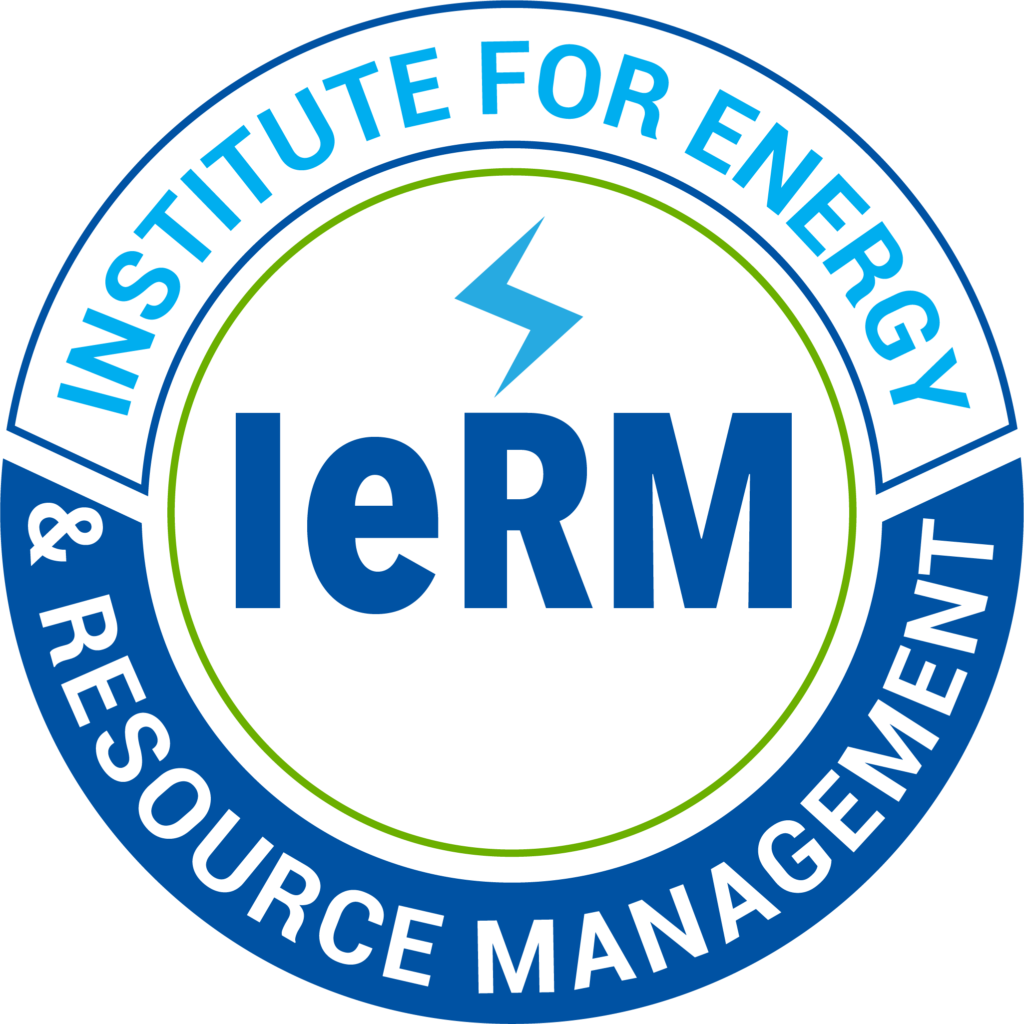On Wednesday evening, April 27th 2022, the King County Solid Waste Division (SWD) held a virtual meeting to provide an update on the expansion and operation of the Cedar Hills landfill, an exercise that can best be described as attempting to put lipstick on a pig. The landfill, originally slated to close decades ago, has been given another 7-10 years via some “sleight of hand” design, but as SWD Director Pat McLaughlin said in response to a question, no alternatives for now or in the future are being considered. The main thrust of SWD’s approach (also stated by Mr. McLaughlin during the meeting) is to “reduce the 70% of what’s being thrown away that could be recycled,” something the agency has been unable to do for the past ten years, by their own admission. On the whole, the SWD’s efforts over the past ten years have amounted to running in place while falling behind. Failure to plan, after all, is planning to fail.
Yet the SWD is not entirely to blame. The County Council voted most recently in 2019 to expand the landfill, over the objections of two of its members. In opposition, one of them said “We are long overdue for a long-term plan for how King County will responsibly manage its trash. The County has said many times in the past decades that the landfill was getting full and would close soon…It’s time for a more equitable and environmentally responsible option that protects the health of our communities.” In spite of this plea, the Council “Kicked the can down the road,” leaving the problem for the next generation.
The Cedar Hills landfill is an anachronism, and like any outmoded way of operating, it has hidden dangers and costs that are unaccounted for. It causes significant harm to the region’s air, water, and soil, requiring costly mitigations that, unfortunately, aren’t always effective. It causes noxious odors and attracts pests, bringing down the values of nearby properties. And it releases methane, a potent greenhouse gas, even with a collection system that by the SWD’s admission is only 80% effective. Of greatest concern is the deposit of persistent bioaccumulative toxins, or PBTs; chemicals like flame retardants and pesticides that end up in the trash. These can cause cancer, genetic harm, nervous system disorders, and other problems in humans and animals.
The landfill is also a huge drain on current and future tax revenues, which means an increase in property taxes for King County residents. In addition to repairs and improvements to environmental controls, the facility will cost hundreds of millions to close, and will have to be monitored and maintained for at least thirty years, likely much longer, after closure. The longer the wait, the more expensive this becomes. Other costs include mitigation of environmental damage outside the landfill, reduced property values, damage to roads by collection vehicles, and increases in traffic congestion. Add to that the impacts of the methane released on global warming (for which we are all paying), and the hundreds of thousands of tons of materials buried each year, almost all of which could be reused or recovered in some way. This adds to the costs of goods we purchase, and causes further damage to the environment through mining, the use of fossil fuels for more plastics, deforestation for more wood and paper, and so on.
What is needed is an integrated waste management system (IWMS), based on the USEPA’s international waste hierarchy. Such a system stresses source reduction, reuse and recycling, and resource recovery rather than disposal of untreated waste. Similar systems have been put in place in other locations, with great success: a diversion of over 99% of waste away from landfills, and costs lower than those now being paid in King County. The infrastructure needed for an IWMS, and its operation, requires both expertise and vision. Sadly, it would seem that the County has neither.
In short, the landfill is the least desirable, and most expensive, means of waste disposal, a holdover from the past that perpetuates the environmental problems of today and creates new ones for the future. The County Council and the SWD have avoided action for far too long, ignoring scientific evidence and economic analyses. But when your only tool is a hammer, every problem looks like a nail.




